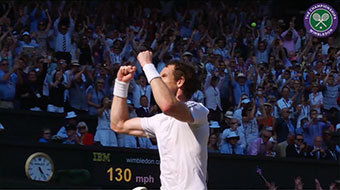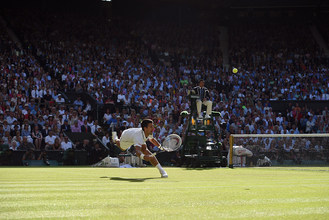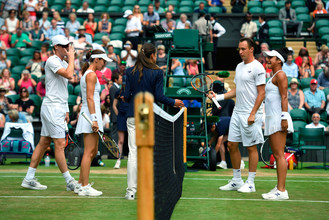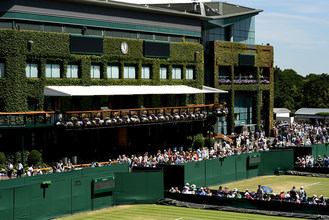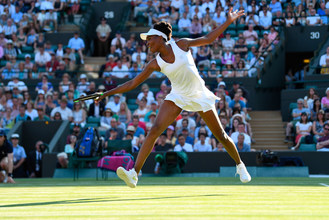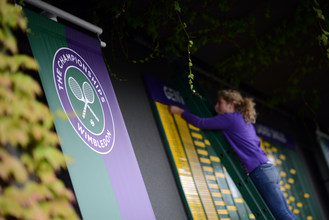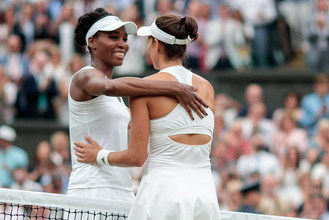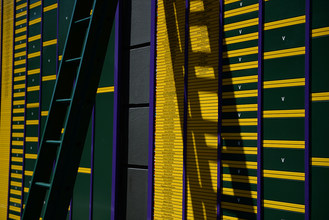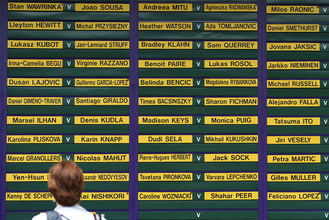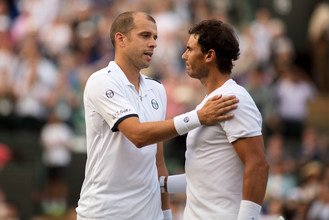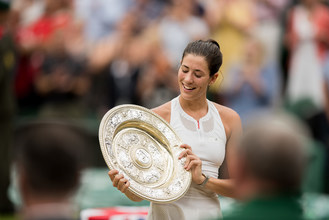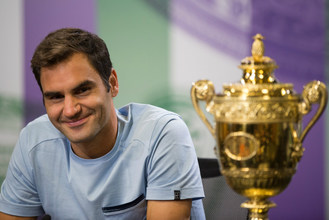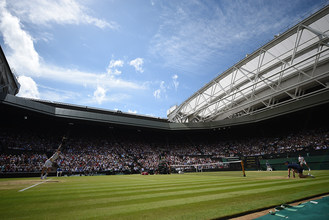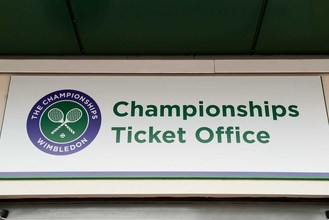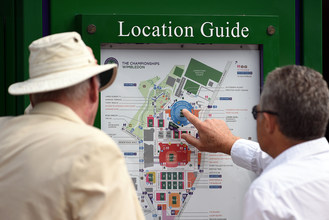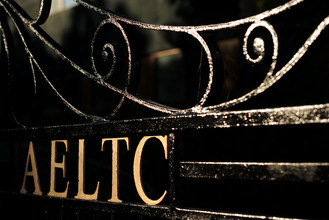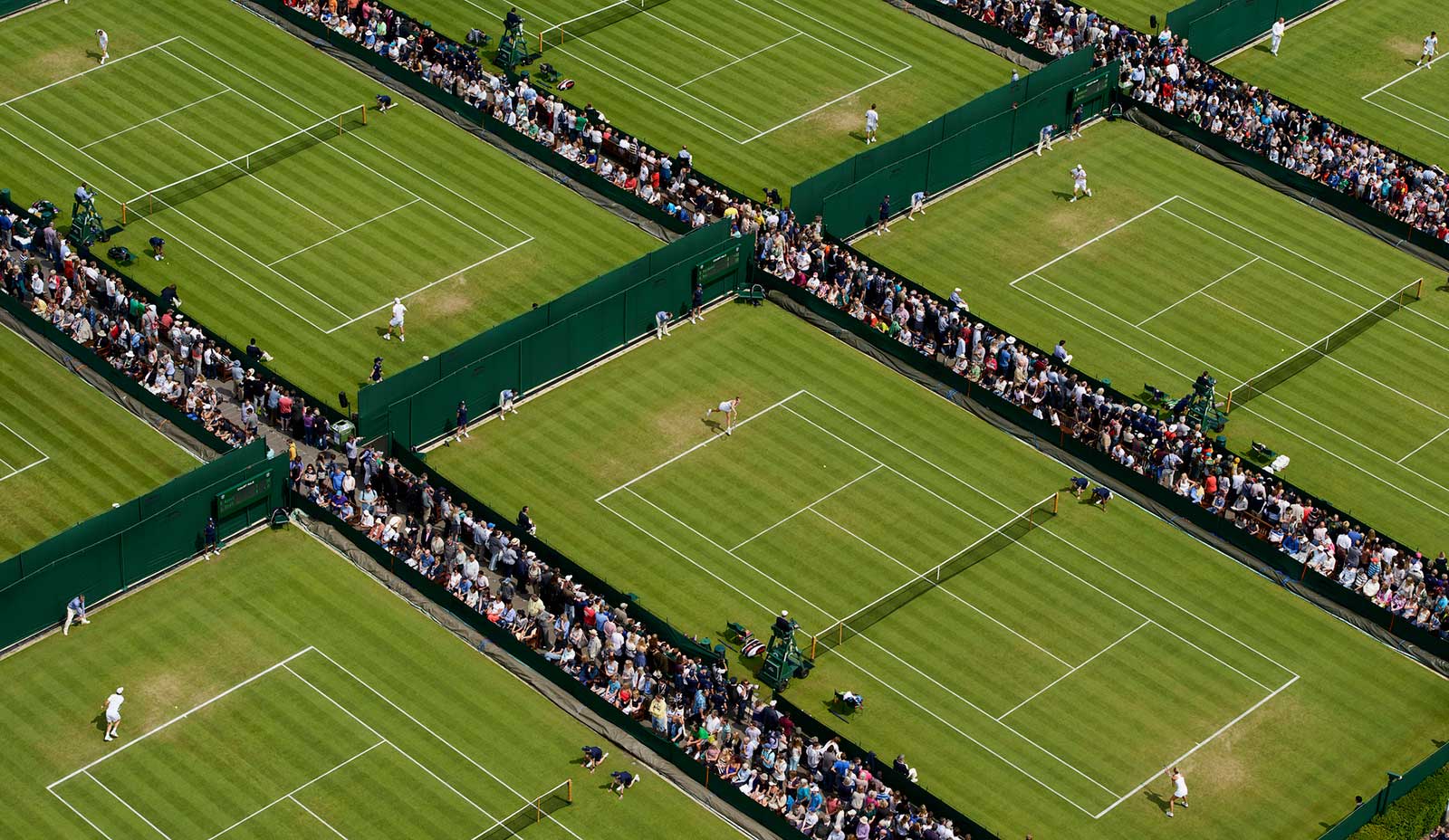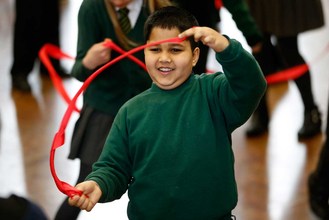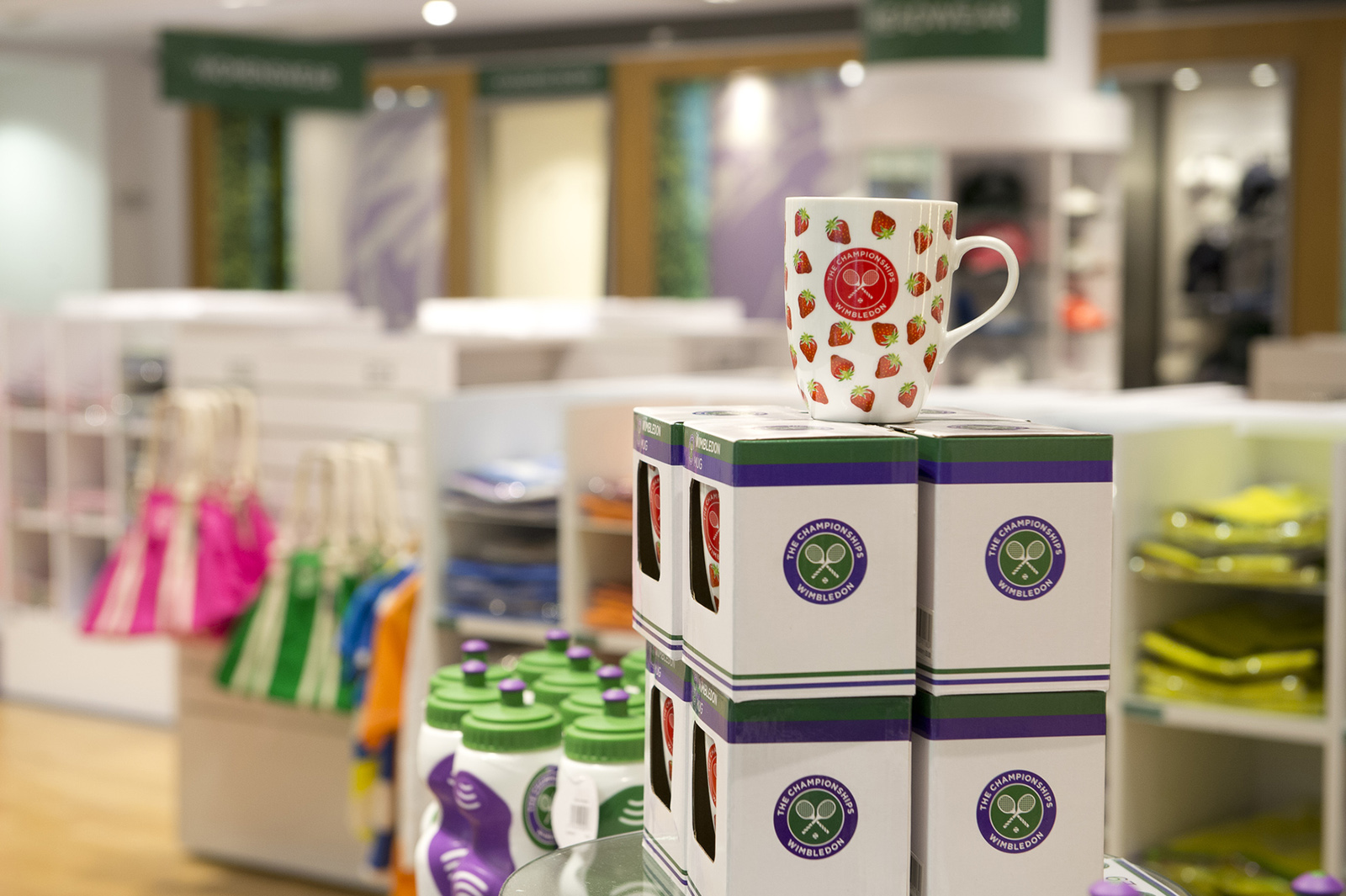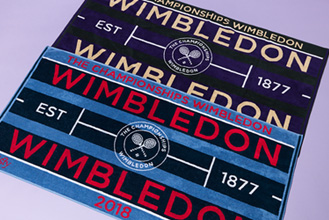The 21st century has been a period of change at Wimbledon. While remaining respectful to its traditions, the All England Club has been more than ready to move with the times.
From the introduction of Hawkeye technology to rule on line calls to the installation of a retractable roof over Centre Court, and from the construction of new No.2 and No.3 Courts to the regular upgrading of off-court facilities, work to improve the Wimbledon experience for all those who attend The Championships has never stopped.
Ten years ago this week the Club announced a change that was small in practical terms but of huge significance to tennis in particular, to sport in general and indeed to the wider world. On 22 February 2007 Tim Phillips, the chairman, revealed that from that summer’s Championships men and women would receive equal prize money.
It proved to be a memorable year in the Ladies’ Singles, with Venus Williams winning the title for the fourth time at the expense of Marion Bartoli, who created one of the biggest upsets in the history of The Championships with her victory over Justine Henin in the semi-finals.
The gap between what men and women earned had actually been narrowing over the years, to the point where the £655,000 won by Roger Federer, the 2006 Gentlemen's Singles champion, had been just £30,000 more than the sum won by his female counterpart, Amelie Mauresmo.
Compare that gap with 1968, when Wimbledon, which had been the driving force behind the move to Open tennis, paid prize money for the first time. Rod Laver, the 1968 winner of the gentlemen’s singles, earned £2,000, while Billie Jean King, the ladies’ singles champion, was paid £750.
Until 2007 the All England Club had contended that market forces marginally outweighed any moral or cultural factors in determining prize money levels. However, in announcing equal rewards for men and women for 2007, Phillips said the Championships committee had decided that “the time is right to bring this subject to a logical conclusion and eliminate the difference”.
He added: “We believe our decision to offer equal prize money provides a boost for the game as a whole and recognises the enormous contribution that women players make to the game and to Wimbledon. In short, good for tennis, good for women players and good for Wimbledon.”
The decision was met with worldwide approval. Mauresmo described it as “a victory for women’s tennis and a victory for women in general”, while Venus Williams said: “The greatest tennis tournament in the world has reached an even greater height today.”
As for matters on the court, Williams went into Wimbledon that year on the back of a difficult 12 months. Between The Championships 2006 and the following February she had played in only one tournament, a wrist injury forcing her to miss both the 2006 US Open and the 2007 Australian Open.
Although she had won the title in Memphis on her return, Williams had just one semi-final appearance to show from her last six tournaments before The Championships and had just lost to Jelena Jankovic in the third round of the French Open.
When The Championships started Williams was ranked No.31 in the world. Seeded No.23, she scraped through her opening round, beating Russia’s Alla Kudryavtseva 2-6, 6-3, 7-5. In the third round she needed three more sets to beat Japan’s Akiko Morigami.
Williams faced a huge challenge in the fourth round against Maria Sharapova, the No.2 seed, but produced one of her finest performances, winning 6-1, 6-3 in less than an hour. The American faced two more top 10 players in her next two matches but brushed aside Svetlana Kuznetsova and Ana Ivanovic in similarly convincing fashion, winning both contests in straight sets.
Justine Henin, the world No.1 and top seed, had been expected to emerge from the top half of the draw but instead it was Bartoli, the No.18 seed, who joined Williams in the final after a remarkable victory over the Belgian. Henin took the first set in just 22 minutes but her level quickly dropped as Bartoli won 1-6, 7-5, 6-1.
The final was close until the latter stages of the first set, from which point Bartoli buckled in the face of her opponent’s power. Williams won 6-4, 6-1. “In the end she was just too good,” Bartoli said afterwards.
Williams won £700,000 for her efforts, the total prize money for that year’s Championships having risen by 8.7 per cent to £11.3m. Ten years earlier, when the Gentlemen’s Singles champion earned £415,000 and the Ladies’ Singles champion £373,500, the total pot was £6.9m. Twenty years earlier the figures had been £155,000, £139,500 and £2.5m.
All those sums have been dwarfed by more recent increases in prize money. By last year the total prize fund at The Championships had risen to £28.1m, with the two singles champions each earning £2m.
The general worldwide increase in prize money – and particularly at the Grand Slam tournaments – can be seen in how much Williams earned in 2007 compared with her earnings so far this year.
In 2007, when she won Wimbledon and was a semi-finalist at the US Open, Williams earned a total of $1.8m (about £1.45m). Less than two months into her 2017 campaign, the five-times Wimbledon champion has already earned $1.4m (about £1.13m), thanks largely to her run to the Australian Open final. Given her start to the year, she looks sure to multiply that figure in the months ahead.

